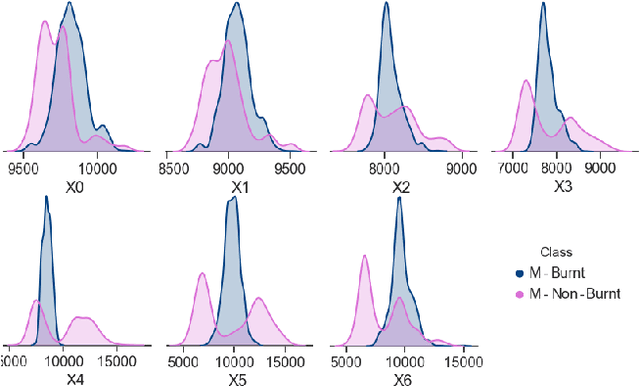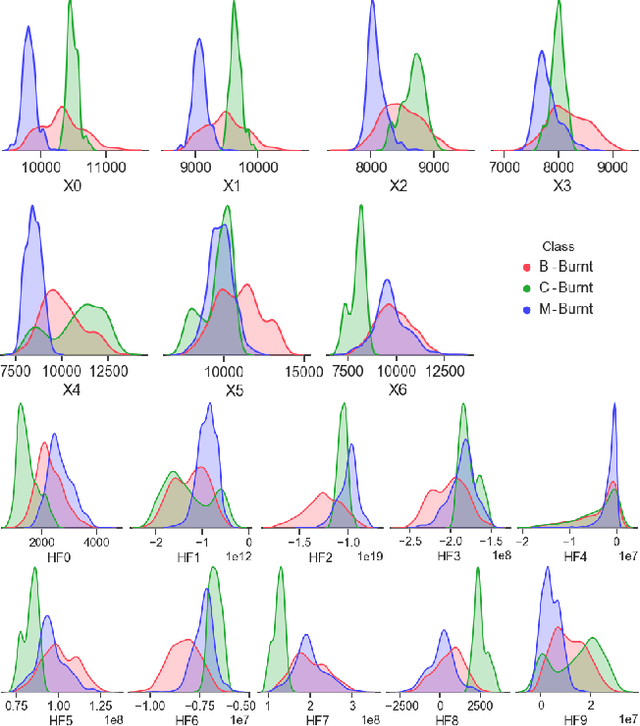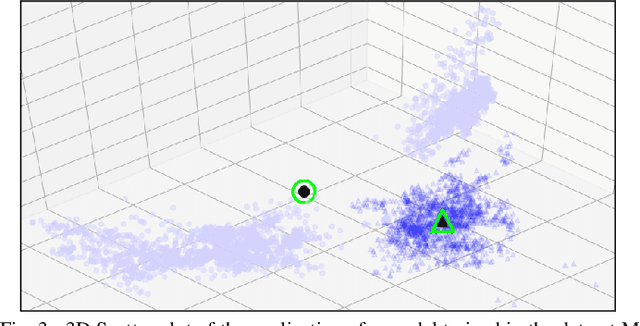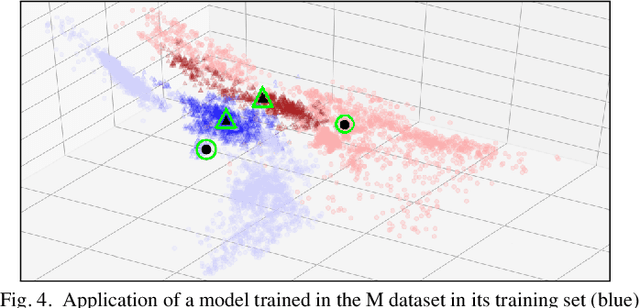Improving the Detection of Burnt Areas in Remote Sensing using Hyper-features Evolved by M3GP
Paper and Code
Jan 31, 2020



One problem found when working with satellite images is the radiometric variations across the image and different images. Intending to improve remote sensing models for the classification of burnt areas, we set two objectives. The first is to understand the relationship between feature spaces and the predictive ability of the models, allowing us to explain the differences between learning and generalization when training and testing in different datasets. We find that training on datasets built from more than one image provides models that generalize better. These results are explained by visualizing the dispersion of values on the feature space. The second objective is to evolve hyper-features that improve the performance of different classifiers on a variety of test sets. We find the hyper-features to be beneficial, and obtain the best models with XGBoost, even if the hyper-features are optimized for a different method.
 Add to Chrome
Add to Chrome Add to Firefox
Add to Firefox Add to Edge
Add to Edge